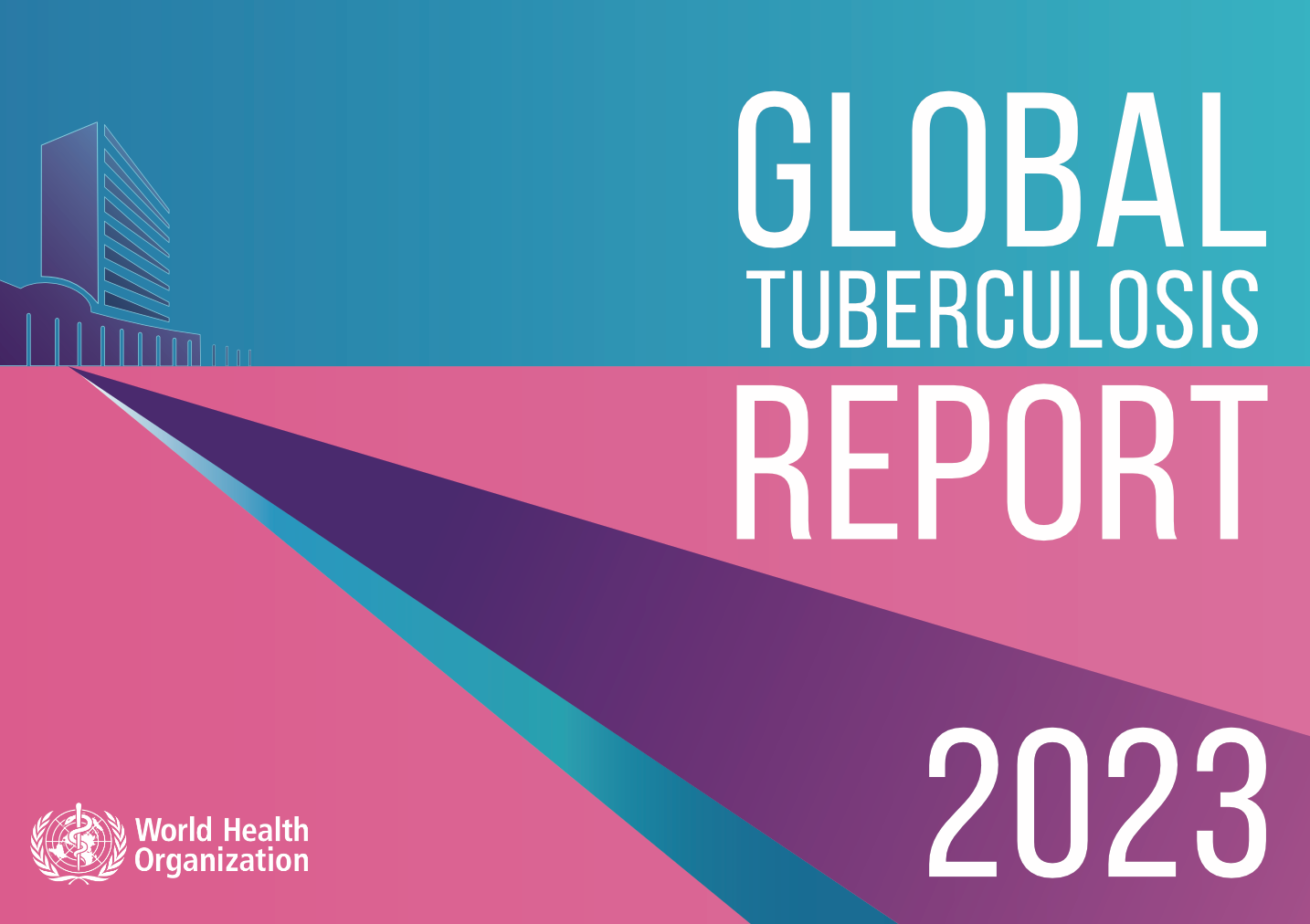The World Health Organization's (WHO) recently released 2023 global TB report has shed light on the challenges and progress in the fight against tuberculosis (TB) worldwide. In 2022, a staggering 7.5 million people were diagnosed with TB, marking the highest number since records began in 1995. Let’s get into the key findings of the report, emphasizing the global efforts to combat TB and the hurdles faced, especially in the wake of the COVID-19 pandemic.
The Global Scenario: The report reveals a significant increase in TB diagnoses, attributed to improved access to and supply of healthcare in numerous countries. Despite setbacks caused by the pandemic, there was a commendable global recovery in the scale-up of TB diagnosis and treatment services in 2022. Countries like India, Indonesia, and the Philippines showcased substantial progress, collectively contributing to over 60% of the global reduction in newly diagnosed TB cases in 2020 and 2021.
WHO Director-General's Perspective: Tedros Adhanom Ghebreyesus, WHO Director-General, acknowledges the historical impact of TB on our ancestors and emphasises the unprecedented opportunity we now have to combat this ancient disease. He emphasises the need for political commitment and describes the current era as a unique chance to "write the final chapter in the chronicle of tuberculosis."
Key Statistics: In 2022, approximately 10.6 million people worldwide suffered from TB, witnessing a slight increase from 10.3 million in 2021. Geographically, Southeast Asia, Africa, and the Western Pacific regions accounted for the majority of TB cases. TB-related deaths, including those among HIV-positive individuals, totalled 1.3 million in 2022, showing a decline from 1.4 million in 2021. However, disruptions caused by COVID-19 resulted in nearly 500,000 additional TB deaths between 2020 and 2022.
Challenges and Emergencies: Multidrug-resistant tuberculosis (MDR-TB) remains a pressing public health emergency. In 2022, an estimated 410,000 individuals developed MDR/RR-TB, but only around two out of every five received treatment. The report highlights the challenges posed by the COVID-19 pandemic, current conflicts, and insufficient progress in reaching global TB targets set in 2018.
Research and Limitations: Despite advancements in developing new TB diagnostics, drugs, and vaccinations, progress is limited by the overall investment in these areas. The report acknowledges the impact of pandemic interruptions and ongoing conflicts on insufficient progress in 2022.
Targets and Way Forward: The WHO has set new targets, including reaching 90% of people in need of TB prevention and care services, utilising a WHO-recommended rapid test as the primary diagnostic method, providing a comprehensive health and social benefits package to all TB patients, ensuring the availability of a safe and effective new TB vaccine, and closing funding gaps for TB implementation and research by 2027.
While the report highlights notable achievements and challenges in the global fight against TB, it emphasizes the urgency for sustained efforts, increased investment, and international collaboration. As we navigate through the complexities of healthcare and tackle the aftermath of the COVID-19 pandemic, addressing tuberculosis remains a critical priority for global health. Together, we can work towards a future where TB is no longer a formidable threat to communities worldwide

 In 2022, approximately 10.6 million people worldwide suffered from TB, witnessing a slight increase from 10.3 million in 2021. Geographically, Southeast Asia, Africa, and the Western Pacific regions accounted for the majority of TB cases. TB-related deaths, including those among HIV-positive individuals, totalled 1.3 million in 2022, showing a decline from 1.4 million in 2021.
In 2022, approximately 10.6 million people worldwide suffered from TB, witnessing a slight increase from 10.3 million in 2021. Geographically, Southeast Asia, Africa, and the Western Pacific regions accounted for the majority of TB cases. TB-related deaths, including those among HIV-positive individuals, totalled 1.3 million in 2022, showing a decline from 1.4 million in 2021.










.jpeg)

.jpg)


















.jpg)